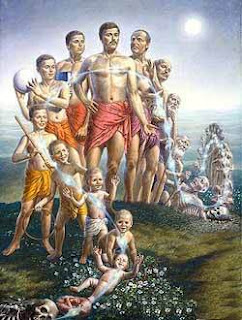They say, “to know Malaysia is to love Malaysia.” Indians, Malays, Chinese and many other ethnic groups live together in this country. Multiculturalism has made Malaysia a home to hundreds of grand festivals and cultural celebrations. Despite the influence of other cultures, Malaysia has still made its name to the world.
Malay is the national language in Malaysia. However, because there are various cultures and races residing in the country, English has been widely used among people. Malaysia is known for its love for culture and arts. The country has a booming film industry producing a minimum of fifteen films and three hundred dramas each year. Other cultural activities of the country include music, dance, theater, and handicrafts. European influences can be observed in courts. Museums and galleries are very popular in the country impressing their visitors with their beautiful collection of paintings and sculptures. The country also is multi-religious but Islam is the most dominant religion.
Malay is the national language in Malaysia. However, because there are various cultures and races residing in the country, English has been widely used among people. Malaysia is known for its love for culture and arts. The country has a booming film industry producing a minimum of fifteen films and three hundred dramas each year. Other cultural activities of the country include music, dance, theater, and handicrafts. European influences can be observed in courts. Museums and galleries are very popular in the country impressing their visitors with their beautiful collection of paintings and sculptures. The country also is multi-religious but Islam is the most dominant religion.






